The quaint town of Wingen-sur-Moder in France’s Northern Vosges Regional Nature Park has a history of glassmaking dating back to the 15th century. It is also the home of the Lalique factory, opened in 1921 by jewellery and master glassmaker René Lalique.
Before his death in 1945, Lalique had stamped his creativity and personality on two artistic periods – Art Nouveau and Art Deco – in diametrically opposed styles. He was responsible for many innovations, but his vases, sculptures and artefacts are universally acclaimed and revered. Given that René Lalique drew inspiration from nature and the beauty of the female body, it is no surprise that he was lured to the natural beauty of this part of France to focus solely on glass. Starting in the 1890s, he experimented with glass while also working with enamel to develop his avant-garde jewellery. A love was born.
The villa was built in Wingen-sur-Moder in 1920, one year prior to the founding of Lalique’s glass factory.
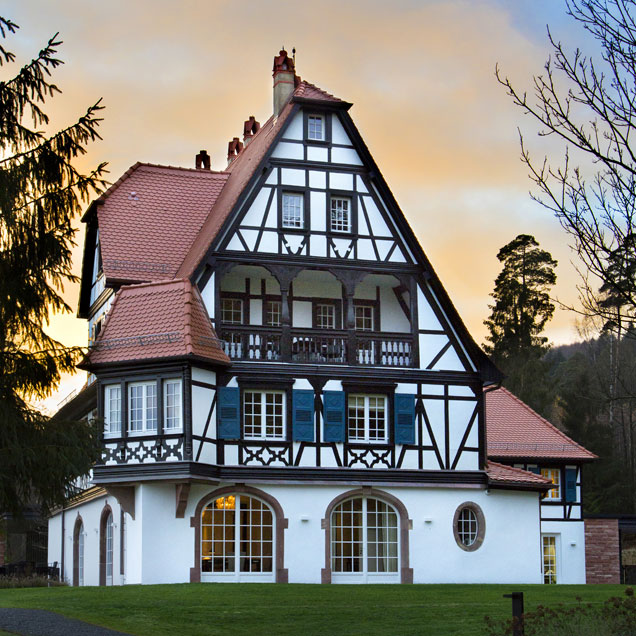
Villa René Lalique was built in Wingen-sur-Moder in 1920, one year prior to the founding of his glass factory. Skilled workers already lived in the area, which had been famous for glassmaking since the 15th century. The town already had a train station, which was important for moving raw materials, including sand. Built in the traditional half-timbered style found in this part of France, the Villa served as the artist’s main residence and family home during his visits. Typical of 1920s style, the imposing building, with its contemporary blue shutters, was designed by Lalique himself. After his death, his son Marc and, later, one of his granddaughters, Marie-Claude, maintained the villa in its original style. In 2014 it was purchased by Swiss entrepreneur Silvio Denz, who offered it a new destiny and purpose as an exclusive and highly luxurious hotel with an exceptional restaurant. The exterior, however, has been faithfully restored to preserve the soul and authenticity of the Lalique family home.
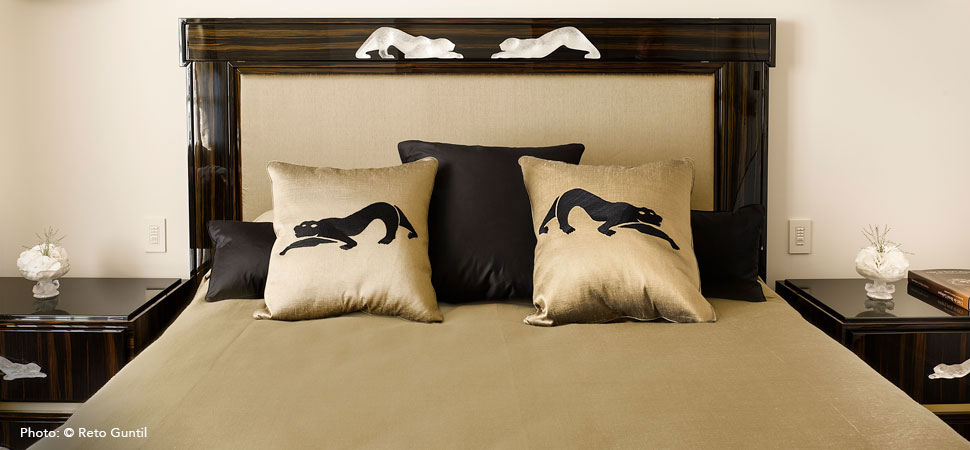
Each suite is decorated differently, inspired by Lalique’s original motifs. Blacks, beige and ivory tones combined with lacquer, glass and marble veneers to create the most dramatic, yet elegant effect.
The villa’s interior was completely refurbished – befitting a five-star hotel – with six luxurious suites; each suite has been decorated in a different style inspired by the history of Lalique. The renovation was entrusted to interior designer Lady Tina Green and Pietro Mingarelli, who, inspired by the artist’s original motifs, created the Lalique Maison home collection. The colours, as one would expect, are centred around the dramatic black, lacquer and marble veneers one associates with Lalique, complemented by beige and ivory tones. The furniture and lamps have Lalique crystal inlays – even the bathtub shows touches of the Maison.
The Hirondelles suite, in shades of red, contains portraits of the master glassmaker to remind guests that they are in the room he once occupied. The Zeila suite is a tribute to the panther, and was created by Marie-Claude; the Rose suite is done up in the powdery tones René Lalique adored. On the second floor, the Dragon suite, with a balcony overlooking the park, reveals a different kind of beauty, with midnight-blue furniture and a beautiful play of light on the dragon’s crystal scales. The Dahlia suite, on the first floor, opts for simplicity with shades of beige and ivory. And finally, Masque de femme, the largest double suite, has two bedrooms and a lounge; the suite’s name refers to a crystal panel Lalique created in 1935, which adorned a fountain.

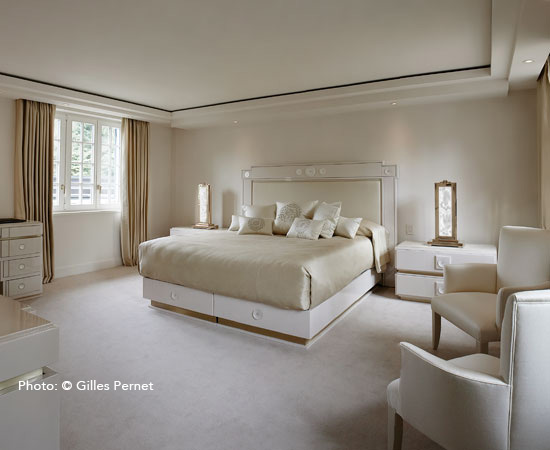
Left, the Hirondelles suite, named after the swallows, a motif René Lalique often made the centrepiece of many of his jewels and decorative objects. Right, the Dahlia suite, in shades of beige and ivory, featuring the flower the artist was so fond of using glass, his favourite material.
In the downstairs lounge area, the sofas are embellished with crystal motifs and “Femme Ailée” armchairs by Lalique Maison. The space has crystal light fittings, occasional tables, and period photographs, making it the ideal place for settling in, sampling a cocktail, reading a good book, and being immersed in Lalique’s fantastical world. A display cabinet in the bar also contains unique carafes that Lalique has developed in partnership with great spirits producers, including Hardy Cognac, whiskies by The Macallan and The Glenturret, Beluga vodka, Dictador rum and Patrón tequila.
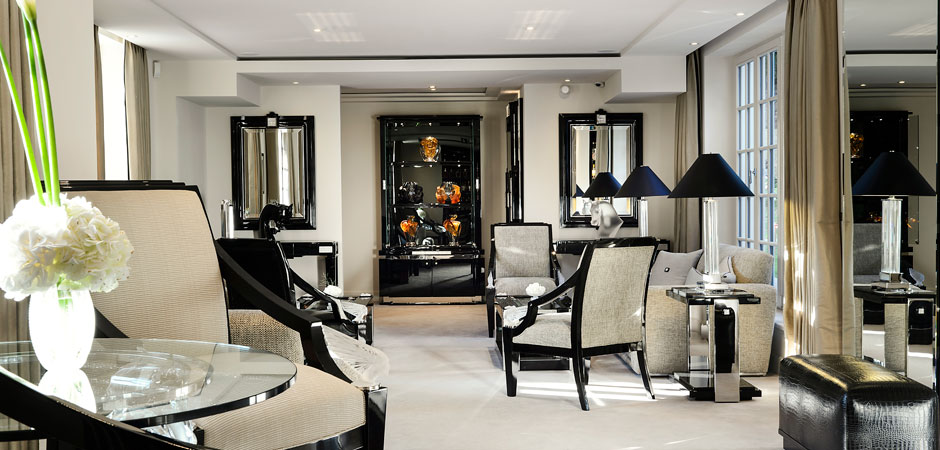
With its ample settees embellished with crystal motifs, Lalique’s “Femme Ailée” armchairs and period photographs, the lounge is the ideal room for settling in and sampling a cocktail or reading a good book.
A stay at Villa René Lalique includes a delightful petit-déjeuner served in the lounge or on the terrace. The hotel is easily reached by landing at Baden-Baden, Basel or Frankfurt airport. Nearby is the Lalique Museum showcasing more than 650 exceptional pieces – many of which were produced in Wingen-sur-Moder. The museum also contains jewellery, drawings, perfume bottles, tableware, chandeliers and mascots – essential viewing for anyone who wants to absorb the exquisite beauty of René Lalique’s vision.







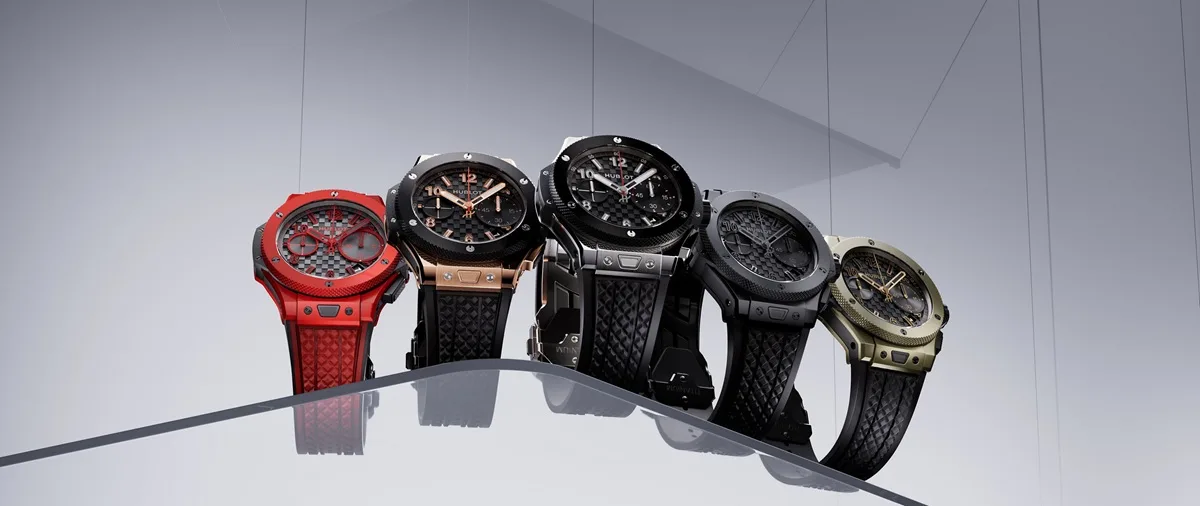
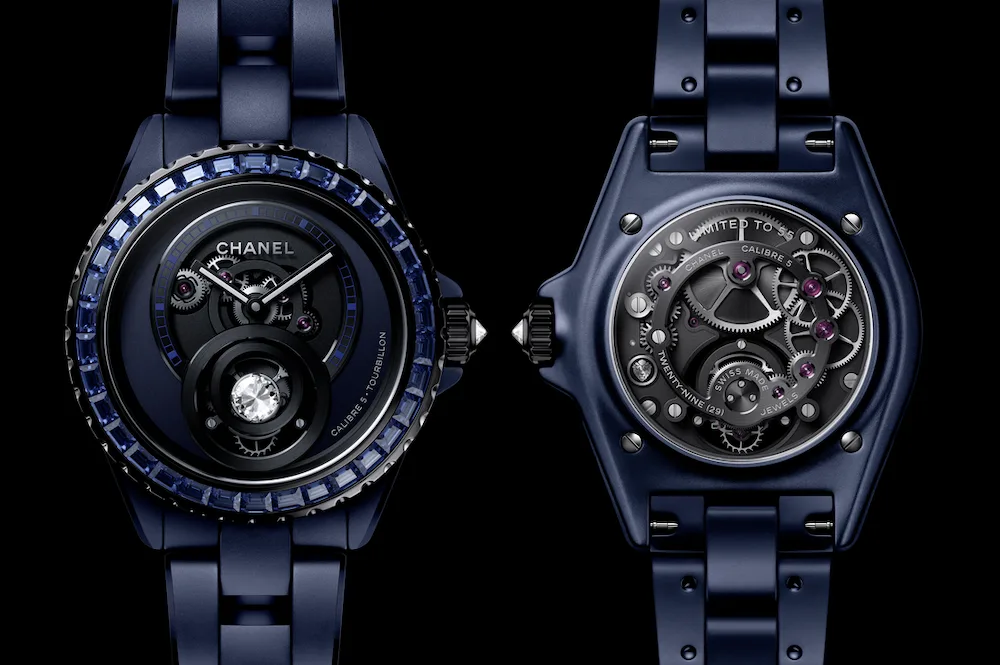
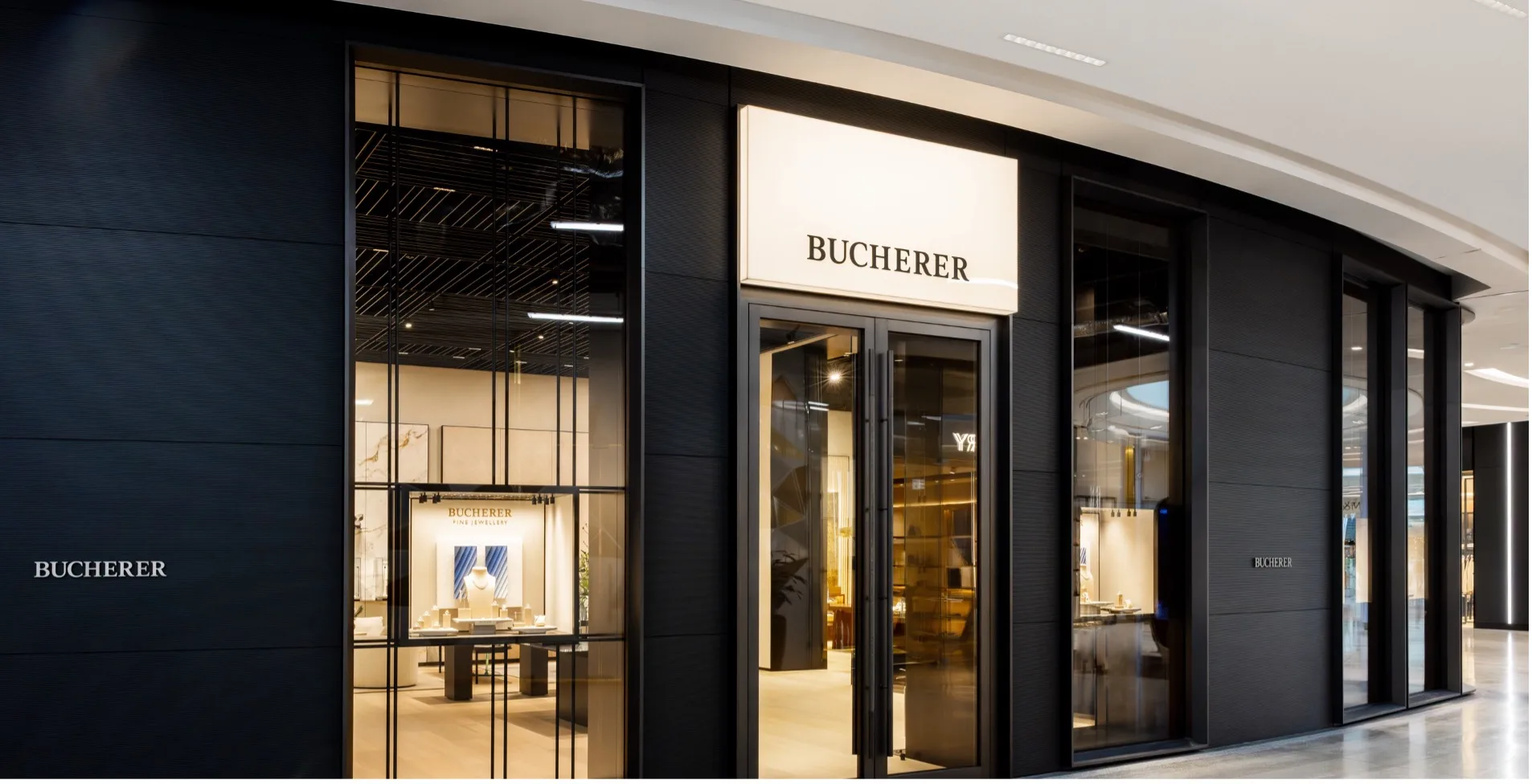

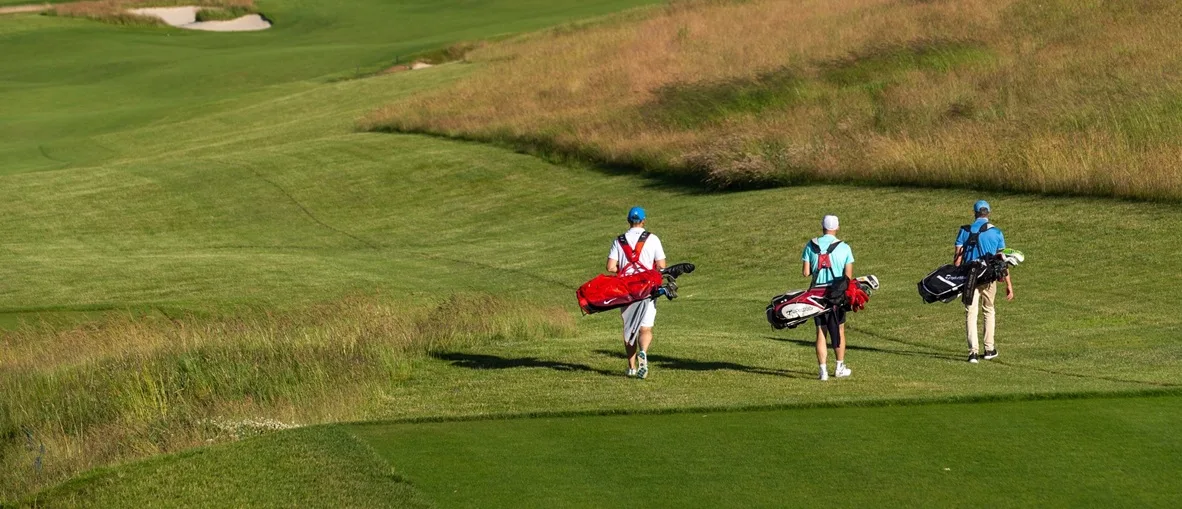





Show Comments +